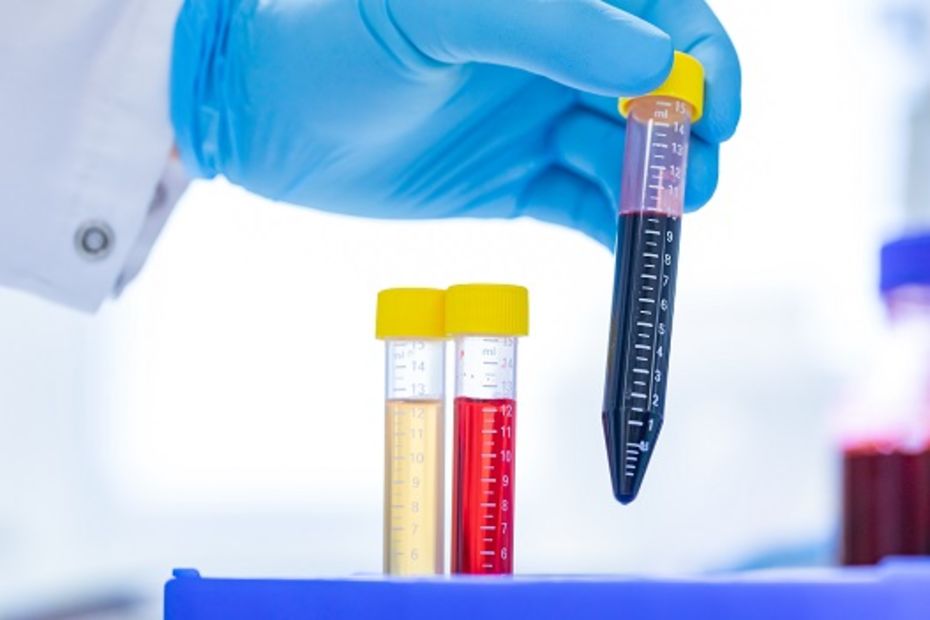New Publication on CRISPR-modified skin grafts
EMA Orphan Drug Designation for a CRISPR-modified skin graft to treat RDEB
The European Medicines Agency (EMA) recently granted Orphan Drug Designation to a skin equivalent graft composed of CRISPR-mediated genetically-modified autologous skin cells for the treatment of recessive dystrophic epidermolysis bullosa (RDEB). This promising therapeutic product was developed by the CIBERER/CIEMAT research team in Madrid, Spain, under the lead of Prof. Fernando Larcher.
RDEB is caused by mutations scattered throughout the COL7A1 gene with no obvious “hot spot”. However, a recurrent frameshift mutation located in exon 80 has been identified, which is present in approximately 50 % of all Spanish RDEB patients. Thus, the development of a therapy targeting this region of the COL7A1 gene is of great interest. The RDEB keratinocytes and fibroblasts used in the therapeutic skin graft were corrected by CRISPR/Cas9-mediated excision of the entire COL7A1 exon 80.
Preclinical studies have demonstrated that exon 80 deletion using the CRISPR/Cas9 technology led to restored expression of collagen VII in 80 % of the treated cells. Next-generation sequencing confirmed the precise excision of the mutated region, as well as the absence of off-target events. Grafting of the CRISPR-corrected skin cells onto immunodeficient mice resulted in long-lasting dermal-epidermal adhesion without side effects, confirming the safety and therapeutic efficacy of this therapy approach.
The orphan designation provides the pharmaceutical industry with incentives for the development of drugs for rare diseases, such as guidance on clinical trials to demonstrate quality, safety and efficacy of the therapeutic product in humans, a prerequisite to receive marketing authorization. Once the drug is approved, the company obtains commercial authorization for 10 years, in which similar products cannot be commercialized.
The orphan designation program has proven to be a successful action, since orphan drugs now make up a 25 – 30 % of the drugs that are brought to the market each year.
